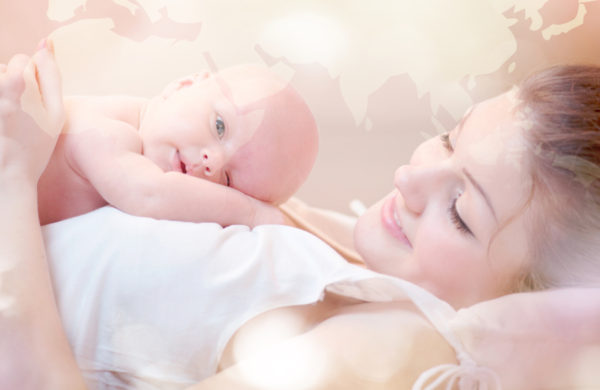
From China, Europe to Africa, let us now move to other countries within Asia. In Indonesia, the placenta is seen as the baby’s twin or elder sibling, and therefore, it is considered as the baby’s guardian. The father is responsible to clean, wrap and bury the placenta on the day of the birth. On the other hand, in the Philippines, mothers are known to bury the placenta with books with the hope a smart child.
In Korea, the placenta is burned and the ashes kept. In times of illness, the powder is used to heal the child. Among the Hmong culture, placenta is translated as “jacket,” as it is considered an infant’s first and finest clothing. The Hmong bury the placenta outside as they believe that after death, the soul must make their journey back for rebirth. In Cambodia, the placenta is carefully wrapped in a banana tree leaf, placed beside the newborn baby for three days and then buried. In the Thai culture, salt is put on the placenta and then in an earthen jar. On a day deemed auspicious for burying this clay pot, a site is prepared and the placenta is laid to rest. The Arabs believe the future fertility of a woman is connected to the disposition of the placenta. Should something unpleasant happen to it, the woman may be sterile.
In Turkey, it is believed that the food and drink consumed by the pregnant woman and the people, animals and things she looked at all affects the child. The same belief applies to the relation between the child and the umbilical cord and placenta. It is not to be disposed at their whims and fancy.
Recent Comments